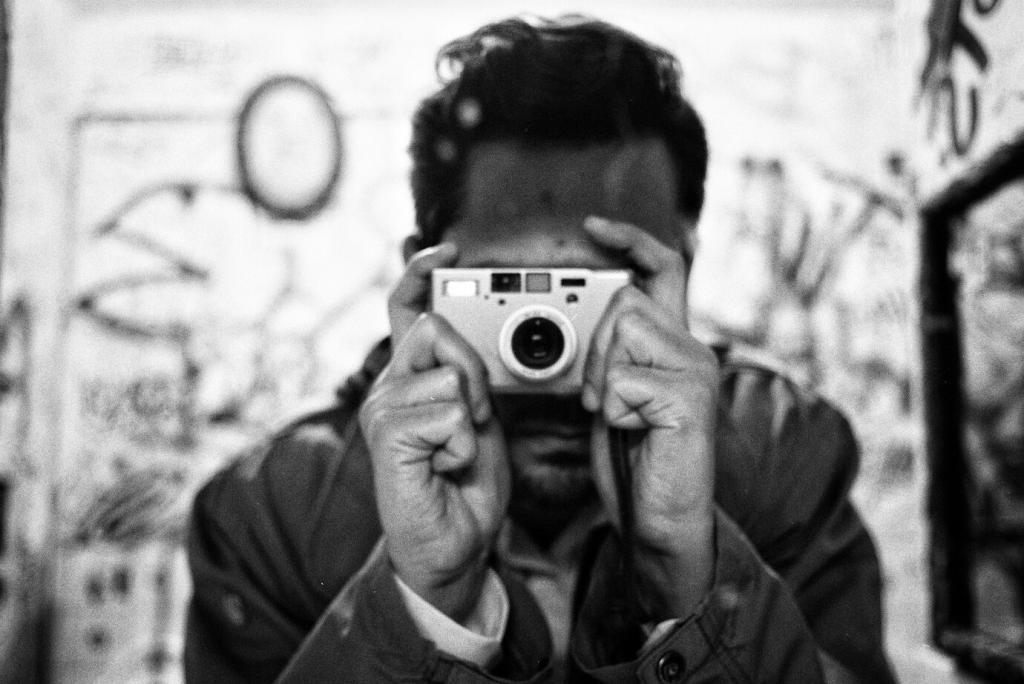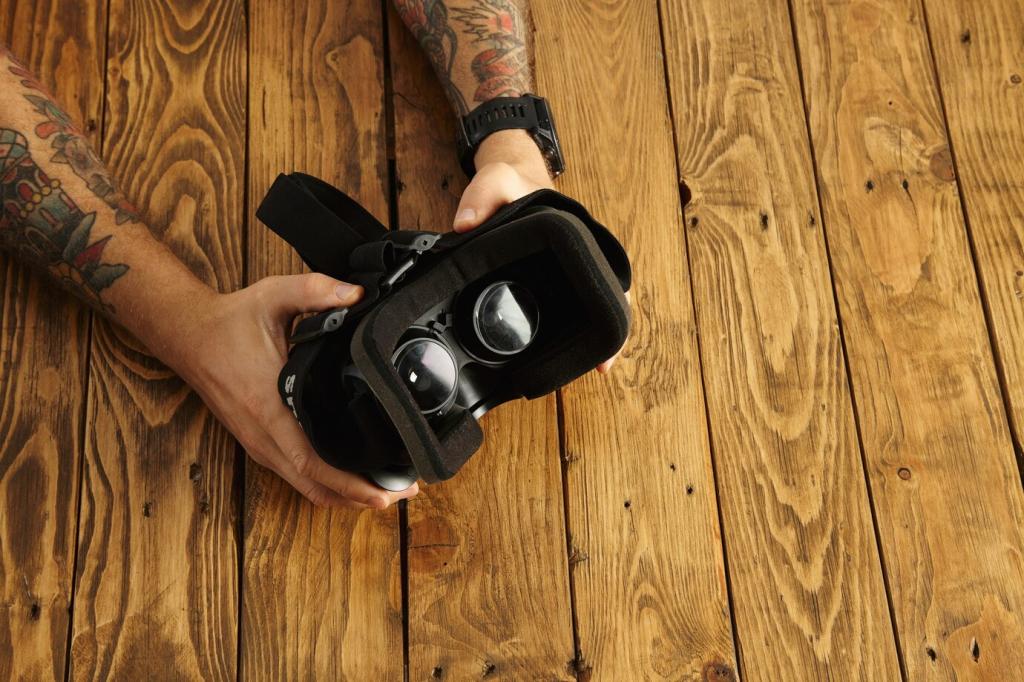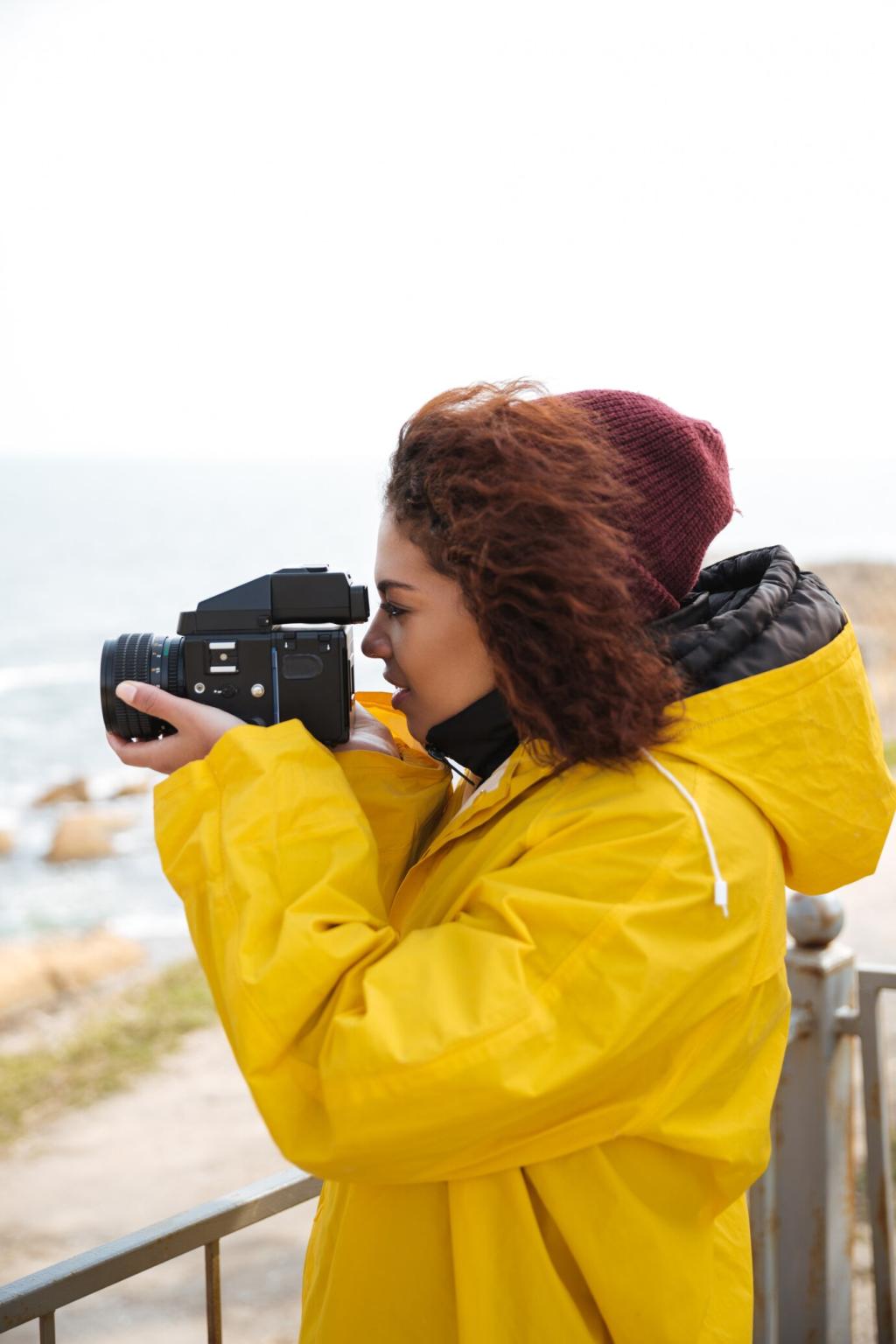Guide to Using Telescopes for Astrophotography: From First Light to Deep-Sky Confidence
Chosen theme: Guide to Using Telescopes for Astrophotography. Discover practical, field-tested wisdom for choosing gear, mastering alignment, and capturing breathtaking night skies. Join our community—share your first light, subscribe for weekly tips, and ask questions anytime.
Choosing Your Astrophotography Telescope
A small apochromatic refractor offers crisp stars, minimal fuss, and predictable performance. Reflectors deliver big aperture affordably but require collimation. Catadioptric designs pack long focal length, excellent for galaxies, yet demand careful mounting and cooling.

Mounts, Tracking, and Polar Alignment

A precise equatorial mount beats fancy optics when it comes to star quality. Low periodic error, responsive guiding, and proper balance preserve detail. Invest here first, and your future upgrades will shine brighter.
DSLR vs Dedicated Astro Camera
DSLRs are accessible and versatile, yet dedicated cooled cameras reduce thermal noise and enable narrowband imaging. Mono with filters brings ultimate control and detail, while color cameras simplify capture and workflow.
Pixel Size and Sampling Strategy
Aim for image scale near your typical seeing. Oversampling wastes signal; undersampling blurs fine detail. Use online calculators to pair pixel size and focal length, then verify with real stars and plate solving.
Cooling and Noise Management
Sensor cooling tames thermal noise, revealing faint nebulosity without aggressive denoising. Keep temperature stable, capture dark libraries, and monitor histogram placement. What temperature setpoints work best for your climate and season?

Focusing, Backfocus, and Collimation
Use a Bahtinov mask, live view magnification, or autofocus routines to hit perfect focus. Recheck as temperatures change. A tiny nudge can transform mushy stars into diamond points across your entire frame.
Focusing, Backfocus, and Collimation
Flatteners and reducers demand exact spacing to clean up corners. Add up adapters, filter thickness, and tilt plates. Test with a star field and adjust shims until corners match the center’s tightness.


Guiding, Exposures, and Dithering
A guide scope is simple and lightweight, great for short focal lengths. Off-axis guiding eliminates differential flexure at longer focal lengths. Match the method to your telescope’s demands and mount’s stiffness.

Filters, Light Pollution, and Moonlight
For galaxies and clusters, broadband and LRGB shine. Under glow, dual-narrowband isolates nebula emission dramatically. Know your target’s spectrum and pick filters that emphasize its signal while protecting true star colors.
Filters, Light Pollution, and Moonlight
Moderate pollution often benefits from mild suppression, but heavy filtering can distort colors. Try gradient reduction in processing first. Share your comparisons to help others choose the right balance for their skies.
Filters, Light Pollution, and Moonlight
Shoot narrowband near full Moon, or focus on star clusters and tight galaxies. Keep the Moon out of the frame, monitor histograms, and embrace the unexpected—some of our favorite frames were moonlit experiments.
Planning, Framing, and Night Logistics
Target Selection and Seasonality
Use star charts, catalogs, and planning apps to pick targets that ride high and clear. Consider focal length, moon phase, and transit time. What seasonal showcase is on your telescope’s shortlist tonight?
Framing with Plate Solving and Mosaics
Plate solving centers targets precisely and repeats framing across sessions. For grand nebulae, design mosaics that overlap generously. Share your framing screenshots—your layout tricks will save others hours outside.
Weather Windows and Dew Control
Trust forecasts but verify with satellite loops. Pre-warm dew heaters and pack spare power. A simple dew strap once saved an entire night’s data—what backup saved your session when clouds surprised you?


Calibration Frames and Processing Workflow
Darks remove thermal signal, flats correct vignetting and dust, and bias frames help model read noise. Capture them consistently. Keep a library per temperature, gain, and configuration for reliable results.
Calibration Frames and Processing Workflow
Calibrate, register, and stack with sigma clipping to tame satellites and hot pixels. Inspect subframes, weed out outliers, and log settings. Share your favorite stacking parameters so newcomers can replicate your wins.
